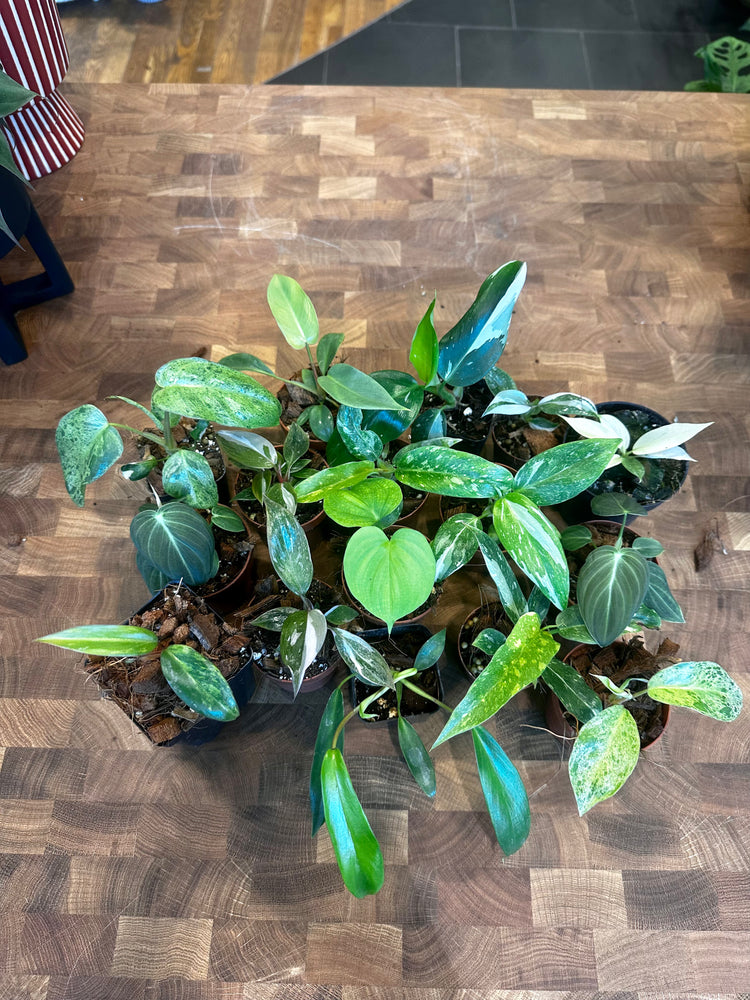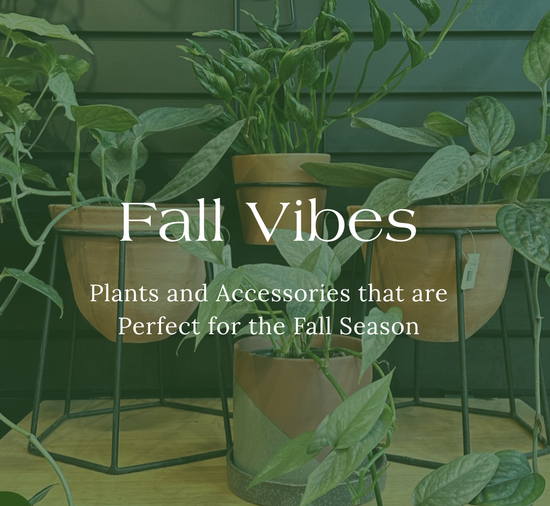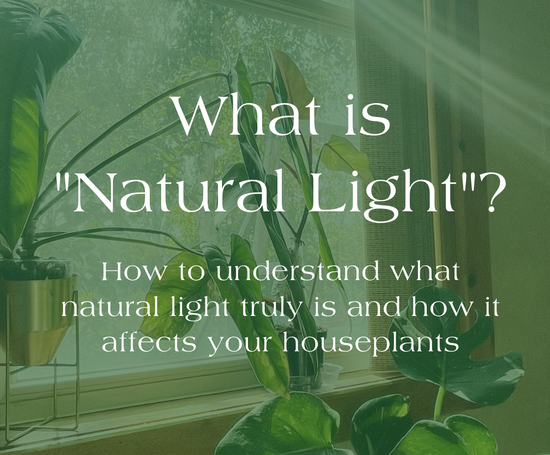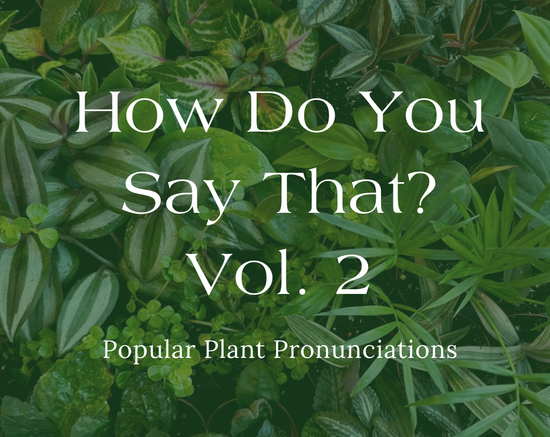
Let's face it – when it comes to those sophisticated scientific names, our tongues can sometimes feel like they're doing acrobatics. But fear not! Learn how to pronounce some popular houseplants that you may have never known how to say and impress your fellow plant enthusiasts!
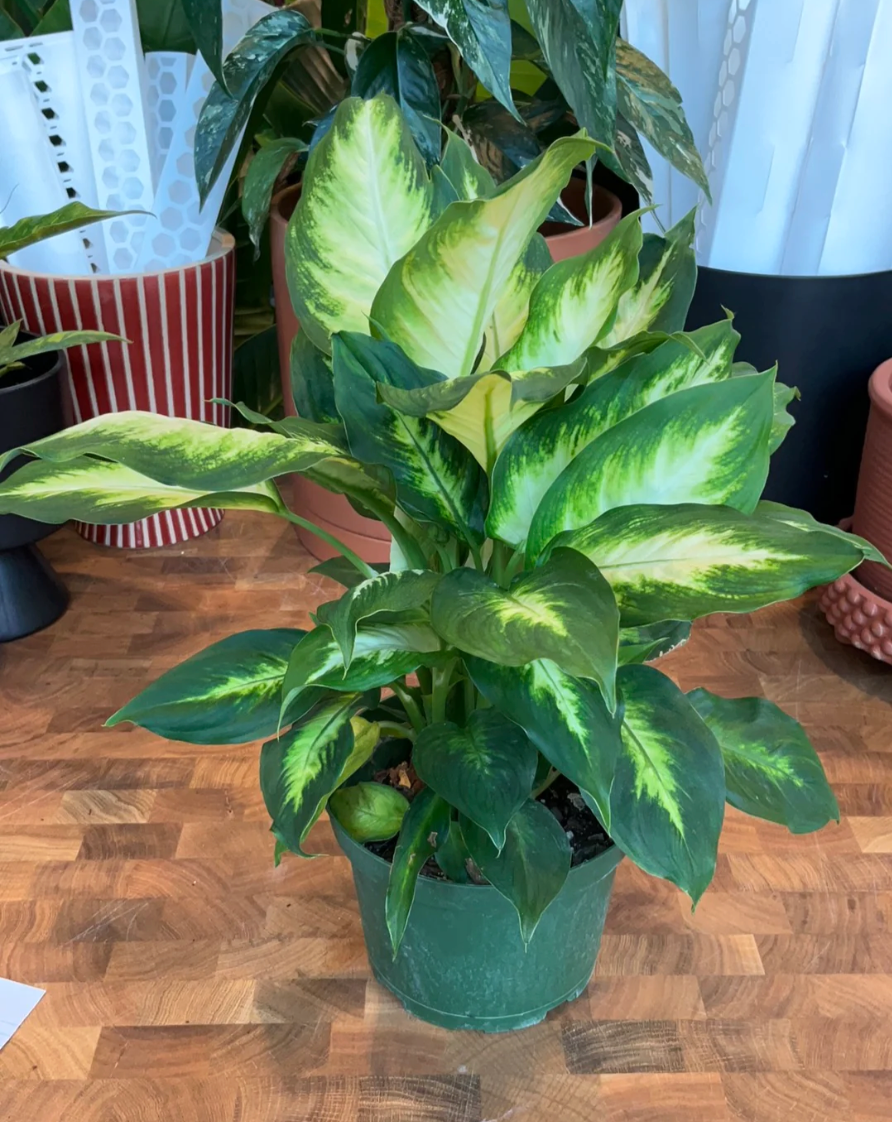
Dieffenbachia
(Dee-fen-BAHK-ee-uh)
Dieffenbachia plants prefer their soil to have fairly consistent moisture & thrive in a filtered light environment with a touch of humidity.
Note: While this plant can often be referred to as "Dumb Cane" this nickname should not be in use. If a leaf is chewed, it can cause a temporary burning sensation and then numbing of the tongue. Due to this reaction, it was historically used to swell the tongues of “unruly slaves” on sugar plantations thus giving the nickname. Therefore we do not use “Dumb Cane” to refer to this plant and chose to use the scientific name of “Dieffenbachia”.
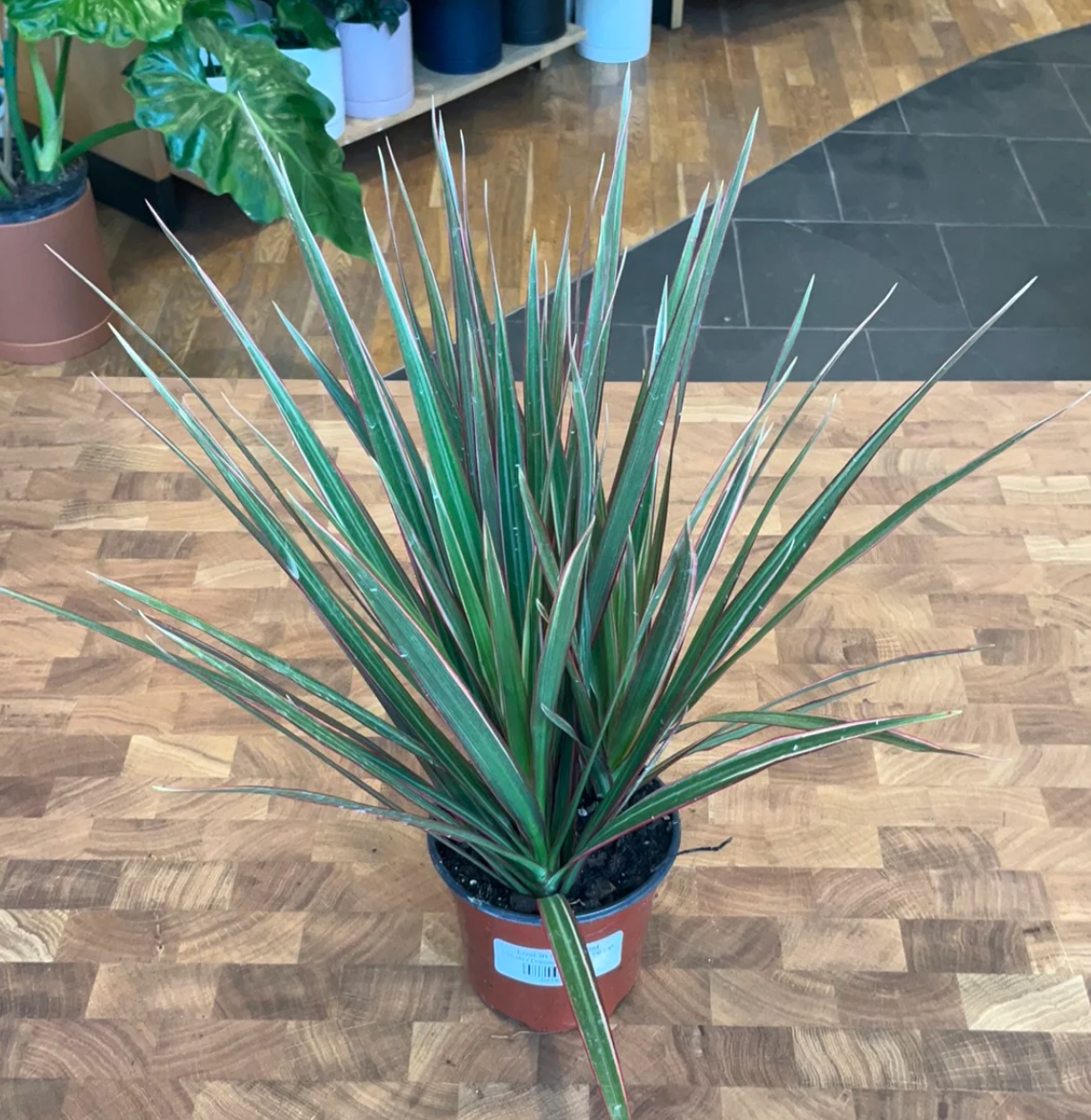
Dracaena
(Dra-SEE-nuh)
Just like the Dieffenbachia, Dracaena plants prefer their soil to have fairly consistent moisture & thrive in a filtered light environment with a touch of humidity.
Fun fact: The name "Dracaena" comes from the ancient Greek word "drakaina," which means female dragon. This name refers to the plant's red sap, known as "dragon's blood," which has been used for various purposes historically.
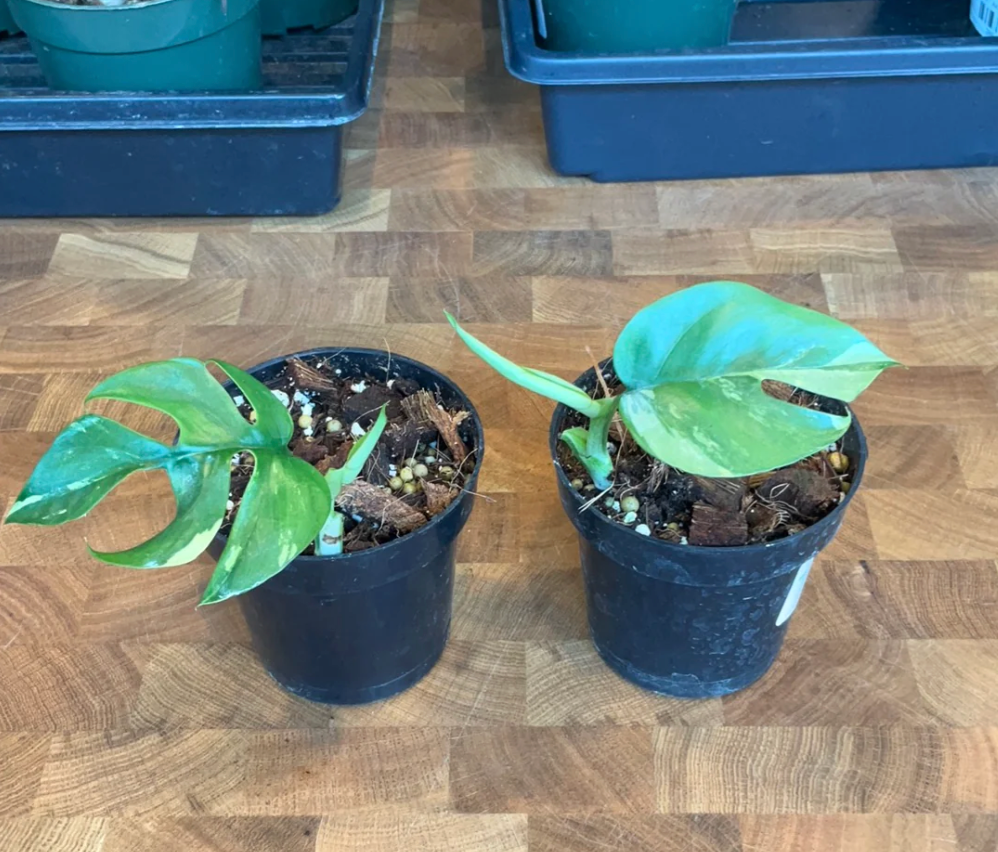
Rhaphidophora
(Raf-ee-DOH-for-uh)
The Rhaphidophora is often referred to as the "Mini Monstera" due to its similar leaf structure. While not closely related, its split leaves resemble those of Monstera deliciosa, earning it this nickname.
From a care perspective, they prefer a chunky potting mix and bright, filtered light. Water when the soil is dry 2" down from the top. Can tolerate lower humidity levels, but would love a humid environment if your space allows!
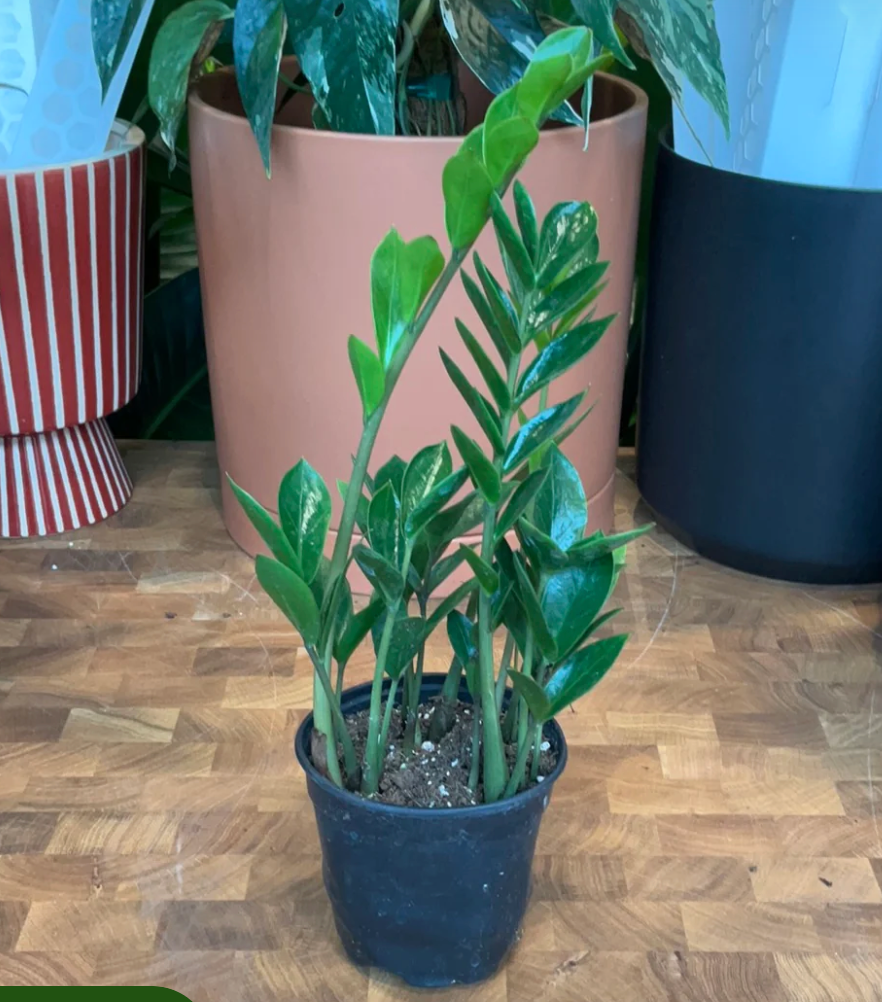
Zamioculcas Zamiifolia
(Zah-mee-oh-KUL-kahs Zah-mee-FOH-lee-uh)
Think we can all agree this name is a mouth-full so more commonly they are called ZZ plants (much easier).
The ZZ plant is famous for its incredible durability. It can survive in a variety of conditions, from low light to bright indirect light, and it's forgiving when it comes to irregular watering. So if you are a plant beginner or looking to gift a plant, this is a great option to start with!
Hoya (HOY-uh)
We could write a list to the moon of all the hoyas with difficult pronouncing names but here are some of the most popular and hardest to pronounce!

Philodendron Atabapoense
(Ah-tah-BAH-poh-en-see)
An increasingly popular plant at the shop, the Philodendron Atabapoense is easy-going and generally forgiving with their care routine. They thrive in bright, filtered light conditions but can tolerate medium light as well. Water when the soil is dry about 2” down from the top of the pot. Keep in a chunky potting mix.
I mean come on, look at those long stunning leaves!
Congratulations, language conquerors! You've mastered the art of pronouncing those tongue-twisting houseplant names like a pro. Now you can confidently chat about your Monstera Adansonii, Dracaena, Dieffenbachia, and the rest of the green gang. So go ahead, share your plant wisdom with friends, and remember – even if your tongue stumbles, your love for these leafy companions speaks volumes. Happy pronouncing and happy planting!
XOXO,
LITF


